Seitenstruktur
-
Spitsbergen-News
- Select Month
- March 2020
- February 2020
- March 2019
- January 2019
- December 2018
- September 2018
- June 2018
- May 2018
- April 2018
- March 2018
- February 2018
- January 2018
- December 2017
- November 2017
- October 2017
- September 2017
- June 2017
- May 2017
- April 2017
- March 2017
- February 2017
- January 2017
- December 2016
- September 2015
- April 2015
- March 2015
- February 2015
- January 2015
- December 2014
- October 2014
- August 2014
- June 2014
- May 2014
- April 2014
- March 2014
- November 2009
- April 2000
- Select Month

| Grytviken |
Cape Adare
”It is a remarkable projection of high, dark, probably volcanic, cliffs, and forms a strong contrast to the rest of the snow-covered coast. … It was a beautifully clear evening, and we had a most enchanting view of the two magnificent ranges of mountains, whose lofty peaks, perfectly covered with eternal snow, rose to elevations varying from seven to ten thousand feet above the level of the ocean. The glaciers that filled their intervening valleys, and which descended from near the mountain summits, projected in many places several miles into the sea, and terminated in lofty perpendicular cliffs. In a few places the rocks broke through their icy covering, by which alone we could be assured that land formed the nucleus of this, to appearance, enormous iceberg.”
This is how Captain James Clark Ross described Cape Adare, which he discovered in 1841.
Cape Adare: interactive PanoTour
- pano anchor link: #Cape-Adare-PanoTour
Technical Info
Once you have started the virtual tour, you can either use the map in the lower left corner to navigate inside the hut, or the bar at the bottom, or click on symbols within the panos to enter the next one (only while the next location is visible, not always available). Or you can just let it play and it will automatically switch to the next pano after one turnaround. You can switch the sound off (upper right corner) if you wish, same with the explanatory text.
You can also view this virtual tour on iPads and other tablets if they are powerful enough and have an up-to-date systems software. On desktop systems, you can use HTML5/WebGL.
Stations
- Cape Adare
- Cape Adare: Adélie penguins
- Cape Adare: the first wintering
- Cape Adare huts
- Cape Adare storage hut
- Cape Adare main hut
- The Northern Party of Scott’s Terra Nova Expedition
Some additional information about the individual places:
Cap Adare
- pano anchor link: #Cape-Adare_01Feb15_0627
Cape Adare is an impressive, dark peninsula, towering as a prominent landmark above the entrance to the Ross Sea. The cliffs of volcanic rocks – the rest of the volcano has been eroded long time ago – are at the northernmost end of the Transantarctic Mountains, offering splendid views over amazing glacier and mountain scenery on rare days with good weather. Cape Adare was discovered and named by Captain James Clark Ross in 1841, who was, however, unable to land due to strong winds and high surf.
Cape Adare is famous for several antarctic expeditions after Ross, all of which spent some time at Ridley Beach, a flat, small gravel peninsula on the west side of the Cape. The Norwegian Carsten Borchgrevink claimed to have set foot on the continent Antarctica there as the first person ever, a controversial claim as others may have been earlier.
Cape Adare: Adélie penguins
- pano anchor link: #Cape-Adare_01Feb15_0441
Cape Adare is interesting not only for historical reasons, but also because it is home to one of the largest Adélie penguin colonies of the Antarctic, if not the biggest one. Hundred thousands of penguins are breeding both on the flat peninsula of Ridley Beach and on the amazingly steep adjacent slopes up to several hundred metres high. Some of the winterers of 1900 were not too fond of them: they called Cape Adare a smelly colony and commented that one might as well die immediately rather than live with the dangers and hardships of an antarctic winter first.
Cape Adare: the first wintering
- pano anchor link: #Cape-Adare_01Feb15_1361
After his landing at Cape Adare on January 24th, 1895, Carsten Borchgrevink decided to return with a larger expedition under his own command. He returned to the same place on February 17, 1899, to winter with 9 men, something that had not been done before on land in Antarctica (Borchgrevink did not know anything of de Gerlache’s wintering on the drifting ship Belgica when he departed).
Cape Adare huts
- pano anchor link: #Cape-Adare_01Feb15_1361
Borchgrevink and his men built 2 solid wooden huts, Norwegian style. The main hut is still standing. It is not only the oldest of the famous 4 historical huts in the Ross Sea, but the very oldest in Antarctica. This is the only continent that still has the very first building ever built there.
Cape Adare storage hut
- pano anchor link: #Cape-Adare_01Feb15_0397
The storage hut was connected to the main building with a short walkway with a roof to make sure the provisions were accessible in any kind of weather. After the wintering, Borchgrevink wanted to dismantle the hut and take it back on board, but he changed his mind when work had already begun. Everything was left behind and the storage hut is now only a ruin without a roof.
Cape Adare main hut
- pano anchor link: #Cape-Adare_01Feb15_1071
The main hut is still in good condition, 116 years after it had been built. With 5.5 x 6.5 m, it seems small for a group of 10 winterers. And it was small indeed. Lack of space was one of several factors that made life very hard for the men. The atmosphere was bad from the beginning, and the men soon started to hate each other, with few exceptions only. Lack of good leadership and occupation contributed to make things worse. But at least, the hut was solid and protected them from the strong storms and the winter cold.
Zoologist Nicolai Hanson died on October 14, 1899, from disease, probably as the first human ever on the antarctic continent. He was buried 300 metres high on Cape Adare, and when he was the very first to die in Antarctica, then his grave is the very oldest on the continent.
The Northern Party of Scott’s Terra Nova Expedition
- pano anchor link: #Cape-Adare_01Feb15_1402
A group of Scott’s final expedition with Terra Nova was left at Cape Adare to spend the winter 1911 there with science and exploration. Observations made by their biologist George Murray Levick got considerable public attention a good 100 years later when some of them were published in 2012. After the expedition, the original paper called “Sexual habits of the Adélie penguin” was deemed unsuitable for publication, and the details are indeed able to destroy the rather romantic idea that many have of wild animals in general and of penguins in particular. Scott’s Northern Party built their own little house, but almost nothing is left of it, in contrast to Borchgrevink’s hut in the immediate vicinity.
One Comment to Cape Adare
Leave a comment
last modification: 2025-05-11 ·
copyright: Rolf Stange
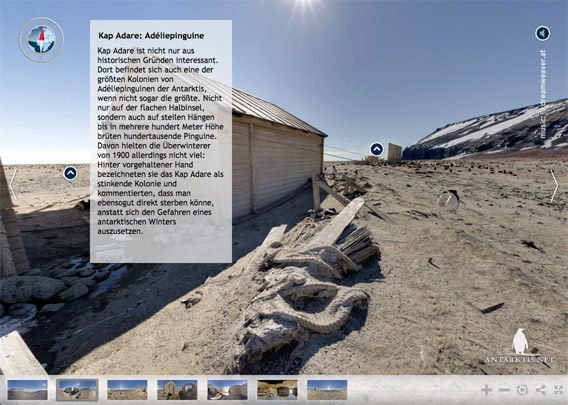
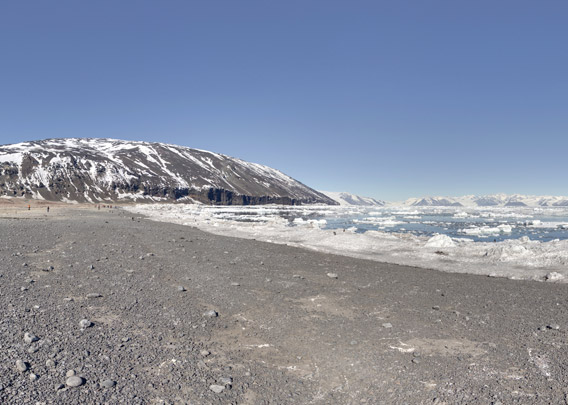
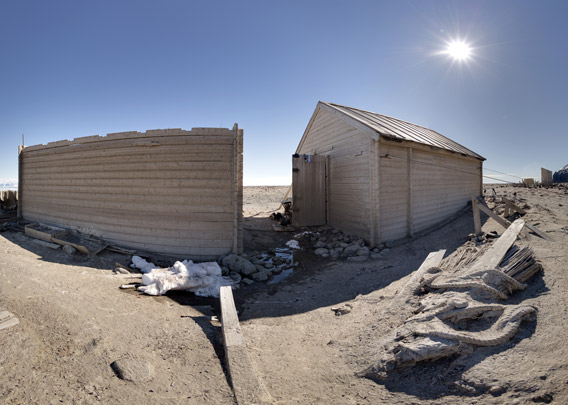
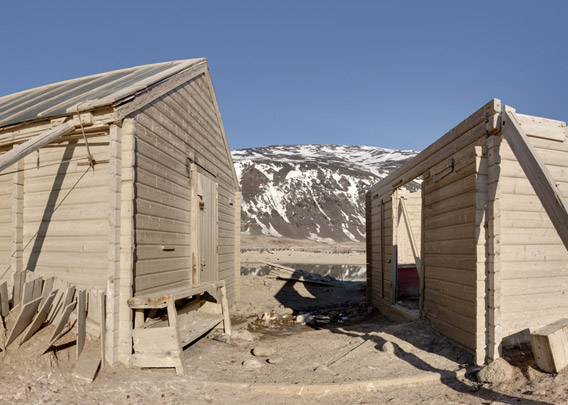
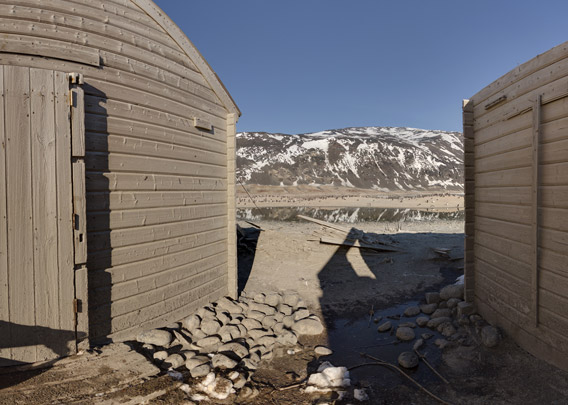
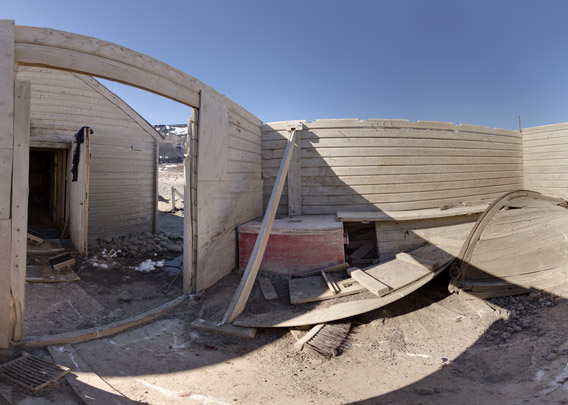
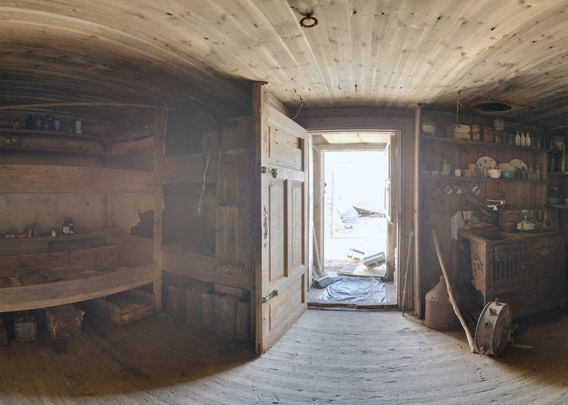
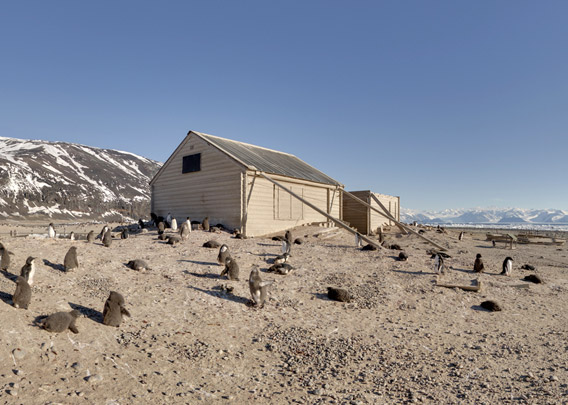


























Very interesting! My maiden name is Adair which in Ireland is spelled Adare.
Why was it named Adare? How are the Adelie’s doing?? I have heard that they are struggling now in the Antarctic due to climate change.